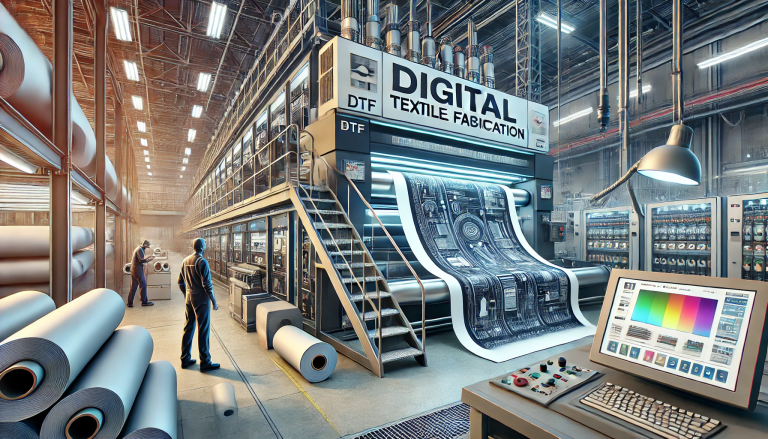“What is a Direct-to-Film Transfer?” -MAXDTF- Direct to Transfer UV DTF Film Supplier, UV DTF Printing Decal Wholesale, Made in China
The world of media and film is filled with intricate methods and technologies, many of which are designed to preserve, restore, or repurpose existing content. One of these methods that has gained importance over the years is the “Direct-to-Film” transfer. But what exactly is it? In this blog post, we’ll dive deep into the world of Direct-to-Film transfers, exploring its processes, benefits, and its significance in today’s media landscape.
The Basics
Direct-to-Film transfer, in its simplest form, refers to the process of transferring video content directly onto film stock. This could be from a digital source, such as a digital video file, or from another analog source, like a video tape.
Why Direct-to-Film?
With the world rapidly moving towards digital, one might ask, why bother transferring anything onto film in this age of high-definition digital files? There are several reasons:
- Preservation: Film, particularly certain types like polyester-based stock, can last hundreds of years if stored correctly. Transferring critical content onto film provides a physical medium that stands against time, ensuring that future generations can access the material.
- Aesthetic: Some filmmakers and artists prefer the organic and unique texture that film provides. By transferring digital content to film, they can achieve a particular ‘look’ that is hard or impossible to replicate with digital effects alone.
- Archival: Many organizations and institutions prioritize film as an archival medium due to its longevity and resilience against data degradation compared to magnetic tapes and some digital formats.
The Process
A Direct-to-Film transfer typically involves a machine that projects the video content onto film stock. This process can vary based on the specifics of the equipment and the desired outcome. It can range from a relatively straightforward process to a more complex one that allows for color grading, adjustment of frame rate, and other refinements.
- Preparation: The original content is prepped, ensuring it’s free from errors or issues that could degrade the quality of the transfer.
- Transfer: Using specialized equipment, the content is projected and recorded onto film stock. This step might be repeated multiple times for different parts of a movie or video.
- Development: Like any other film, the newly transferred film stock is then developed using a chemical process.
- Review: Once developed, the film is reviewed for quality, ensuring that the transfer has retained the original content’s clarity and detail.
Benefits and Limitations
Benefits:
- Longevity: As mentioned, film can last for centuries if stored correctly.
- Unique Aesthetic: Offers an organic texture and grain.
- Reliability: Film doesn’t suffer from digital file corruption.
Limitations:
- Cost: Transferring to film can be expensive, both in terms of equipment and the film stock itself.
- Storage: Requires proper storage conditions to ensure longevity.
- Limited Editing: Once on film, making edits or changes is more challenging compared to digital mediums.
In Conclusion
While the world is moving more and more into the realm of the digital, the Direct-to-Film transfer stands as a testament to the lasting value and unique qualities of film as a medium. Whether used for preservation, aesthetic, or archival reasons, this process ensures that film continues to play a vital role in the media landscape.



